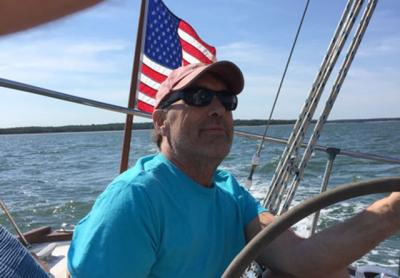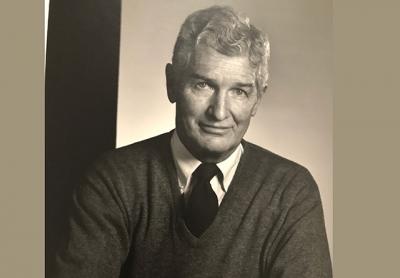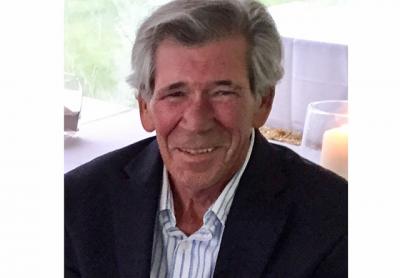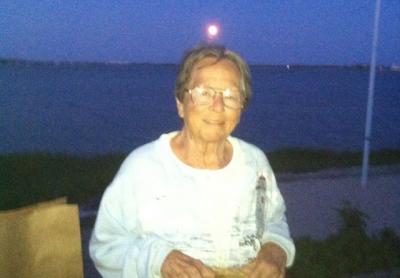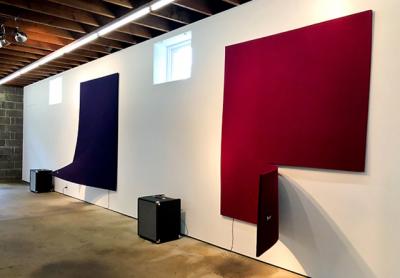George Knoblach, 92
George Knoblach, 92
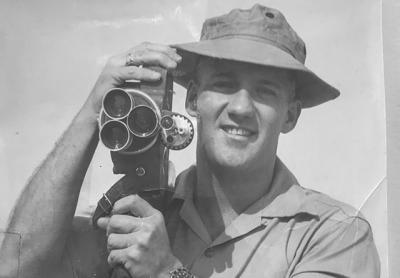
George Knoblach of Montauk, an accomplished photographer and pioneering spearfisherman, died on Jan. 24 at the Hamptons Center for Rehabilitation and Nursing in Southampton. He was 92.
He served in the Navy during World War II and honed his photographic skills while overseas. After his discharge, he contracted polio and was paralyzed and confined for a time to an iron lung.
“His recovery was slow until his mother decided that water, and swimming, might be therapeutic. She was right,” Russell Drumm wrote in a 2015 article in The East Hampton Star. Mr. Knoblach regained his strength and full mobility. He became an expert swimmer and diver, “a fish,” according to Martin Pedersen, a longtime friend and fellow spearfisherman.
Early in his photography career, Mr. Knoblach was an assistant to James and Kathryn Abbe and worked with Fernand Fonssagrives and Howell T. Conant Sr., who was known for his portraits of Grace Kelly. In the late 1950s, Mr. Knoblach worked as an industrial and underwater photographer for the Collins Submarine Pipeline Company, a job that took him around the world and for which he developed new underwater photographic techniques and equipment.
Toward the end of his career he was an instructor at Pratt Institute. Former students continued to visit him long after he had retired, his friends said.
Mr. Knoblach was a member of the Long Island Dolphins spearfishing club and, according to the 2015 Star article, “usually ended the season as ‘high hook,’ or high spear in this case.”
Mr. Knoblach was born on July 9, 1925, in Queens to George Knoblach and the former Mary Ann Schneider. He began coming to Montauk as a child and settled there full time after his retirement.
As his health deteriorated, he was cared for by a large group of friends, including Patrick and Geraldine Forde, Paul and Carolyn Henneforth, Joseph and Lori Gerardiello, and Arna and Mr. Pedersen.
His brothers, Herbert and Jack Knoblach, died before him. He is survived by three nieces.
Mr. Knoblach was cremated. His ashes will be spread during a private gathering on the beach in the spring.


